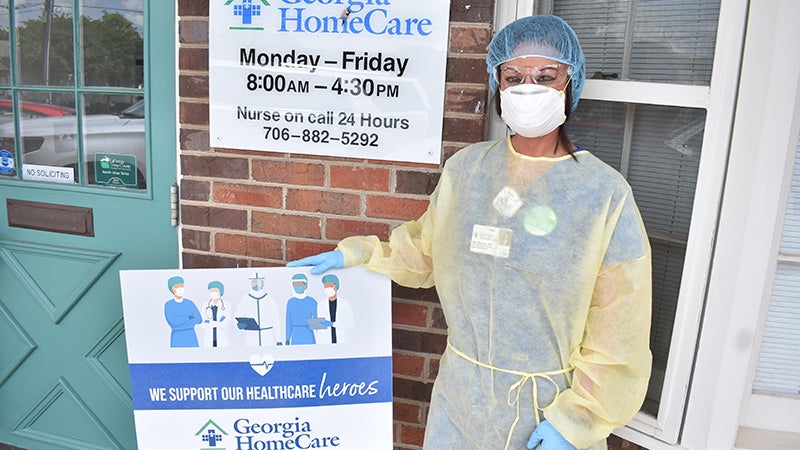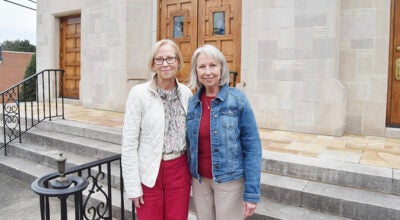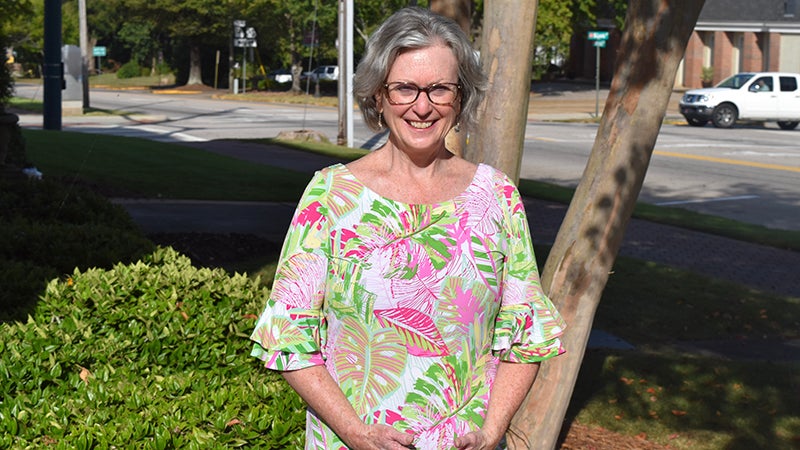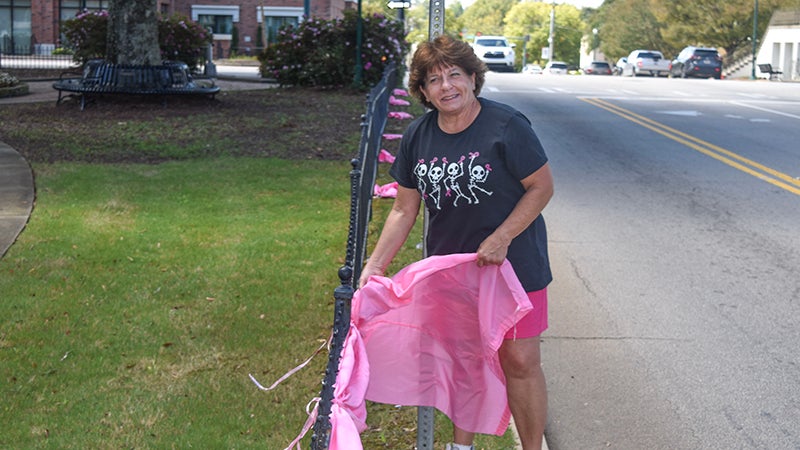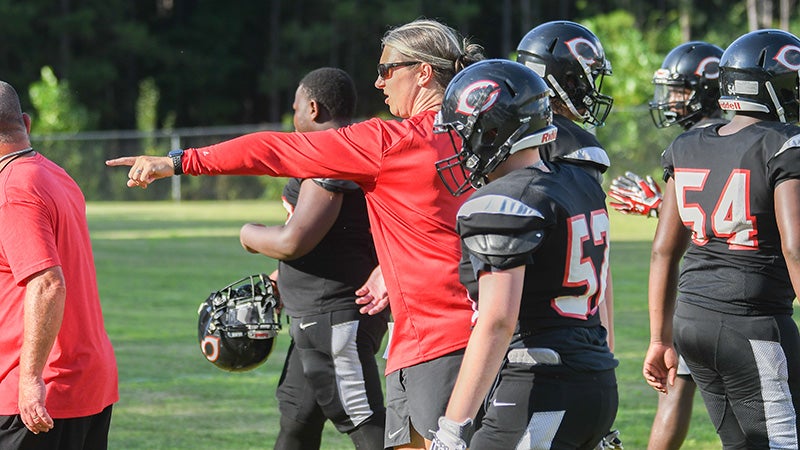Home care nurse steps up to challenge
Published 10:30 am Saturday, June 6, 2020
|
Getting your Trinity Audio player ready...
|
Tara Ormsby knew the risks when she volunteered to be the only registered nurse to visit COVID-19 patients for Georgia HomeCare in LaGrange.
When the COVID-19 pandemic started to increase throughout Georgia rapidly, and into Troup County, the staff at Georgia HomeCare had to make quick decisions about the amount of personal protective equipment (PPE) and who would treat the patients from the onset.
Ormsby stepped up to the challenge once patients started to test positive but weren’t in the hospital.
“No 1, I am the youngest nurse here,” Ormsby said. “No. 2, it’s my duty as a nurse to volunteer.”
According to Stella King, executive director of Georgia HomeCare in LaGrange, the health service didn’t offer to treat COVID-19 patients until the company could ensure it had sufficient PPE. Once enough product was secured, the company began issuing equipment to Ormsby and individual kits for each patient. When Ormsby enters a home, she is dressed from head to toe with protective gear, not only for her safety but also for the patient.
“We made sure of the safety of the nurse and the patient and everybody in the home,” King said.
While in the home, Ormsby provides skilled nursing, which is 100 percent covered by Medicare, said Dana Martin, patient care representative at Georgia HomeCare. Ormsby said she isn’t there to cook and clean for the patient but provide education about proper hygiene, social distancing, adequate fluid intake and taking Vitamin C.
“We know from what the CDC says, but there’s not much out there we can do besides just education,” Ormsby said.
King said a big part of that education is how to quarantine themselves from their other family members. Ormsby said most people have been successful at staying away from one another. However, some patients, such as single mothers, had to overcome bigger obstacles. She said one mother had to rely on a neighbor to prepare meals for her children.
The comfort level for Ormbsy is higher than it was initially, who makes it a point to social distance from her friends, remove her clothes before entering her residence and wear the same shoes to work.
“I’m way more comfortable now than I was before,” she said.
Georgia HomeCare also made it a point to make sure any COVID-19 patients were the last patient of the day that Ormbsy saw.
Another change in the home health industry was the rise in telemedicine. Ormsby said it was a difficult transition because many patients were wary about letting individuals into their homes. She said some patients had their own medical equipment to check their blood pressure and blood sugar, but it wasn’t a substitute for a physical exam.
“As far as physically not being able to see them if their feet are swollen, or if they have a blister that’s been ruptured or something like that — it’s obviously easier for us to look at them face to face,” Ormsby said.
With some patients, she was able to visit within the home, Ormsby was able to familiarize patients with their doctor’s telehealth visits. She could set up the call on a phone and walk through what was happening with the technology. Then, she’s there to follow up with the patient in-person about the doctor’s advice.
Moreover, having home health visits with patients allows nurses to draw needed blood samples and lab work in the home.
“We help them so they don’t have to get out,” Martin said. “It keeps the elderly at home and lowers their risk of catching COVID-19.”
Ormsby said there’s not much a home health nurse can’t do within the home, outside of a life-threatening situation. She said a nurse could get in touch with a doctor and describe what is happening and what symptoms are occurring, resulting in a quick change of medication. She said it allows the patient to avoid having to set up an appointment or visit the emergency room.
“We try to make sure that whatever we can try to fix in the home, we do it,” Ormsby said.


